Introduction to Masu Zushi
Masu Zushi is a traditional food in Toyama prefecture Japan. It is a Japanese food consisting of trout or cherry salmon seasoned with vinegar without fermentation using a pressed sushi method. Basically, it is round sushi topped with salmon. Using a wooden piece called “Wappa” as a container, locals lay the bamboo leaves and stuff them with vinegar rice. And then, they line up the vinegared cherry salmon or trout fillet.
Along with Toyama Black Ramen, Masu-zushi is also one of Toyama prefecture’s specialties. It is also a type of pressed sushi (Oshizushi) besides, Sasa Sushi in Ishikawa prefecture. In this article, you will learn what masu-zushi is.
Etymology
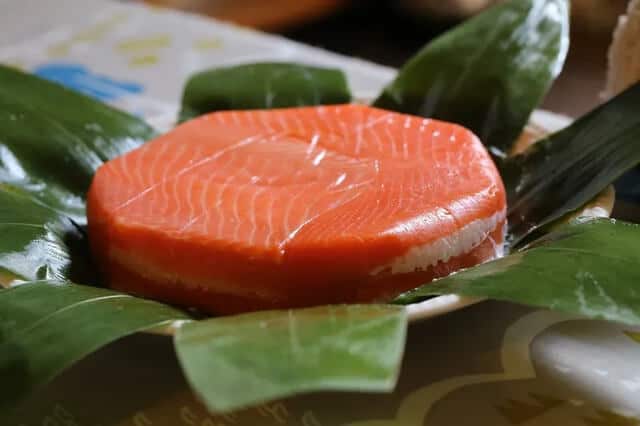
Masuzushi is, in fact, made out of two words; “Masu” and “Sushi.” “Masu” (鱒) or (ます) means “trout” in Japanese. Consequently, “Zushi” (寿司) means “sour rice” or anything made with vinegared rice. Overall, it literally means “Trout Sushi.”
What is Masu Zushi?
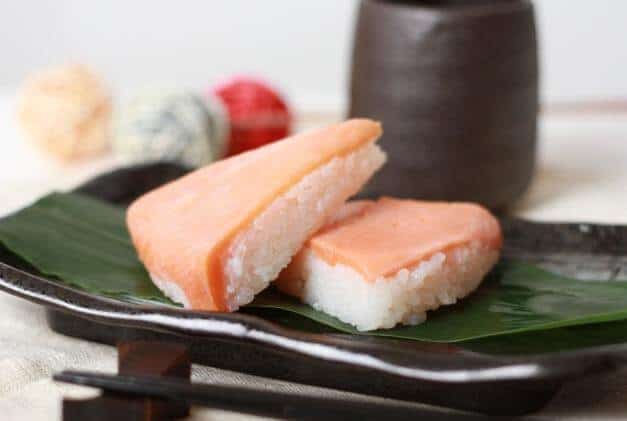
Masuzushi is a type of pressed sushi made with salted trout. Locals laid the bamboo on the bottom of a wooden piece (Wappa), and they lined up the fillets of trout seasoned with salt. Afterward, they stuffed it with vinegar rice while pressing, and folded the bamboo then placed heavy stones on top.
At present, there is a small number of natural cherry salmon caught in the Jinzu River, and few Masuzushi restaurants in Toyama Prefecture use it as a raw material. Masuzushi used to be a dish in the Jinzu River basin where locals easily caught cherry salmon. However, due to the improvement of transportation networks such as railroads, it became widely known nationwide and locals sold it in various places. Subsequently, locals used the trout from abroad and from Hokkaido due to the decrease in the number of trout that comes from the river and the increase in demand.
History of Masu Zushi
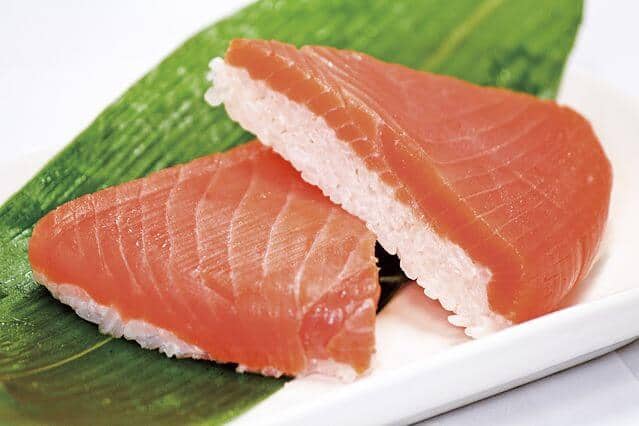
First Theory
The birth of “masuzushi” dates back to the second year of Kyoho (1717). That is when Toyama Prefecture was the Toyama domain in the Edo period. In history, Shinpachi Yoshimura, a Toyama feudal lord, and a chef presented a sweetfish sushi to the feudal lord Toshioki Maeda. As a result, the feudal lord liked it and stated that the dish is, in fact, delicious. He in return presented it to Yoshimune Tokugawa, the eighth shogun. Later on, it became possible to make trout sushi, and that “masuzushi” became a specialty of Toyama.
Since then, “Masuzushi” has become a gift of the Toyama Domain. There is also a recipe for “Ayu sushi” made by Shinpachi Yoshimura. At that time, locals salted the sweetfish they caught in the Jinzu River for about 20 days. Then, they will wash it with sake, and soak it in rice and salt for about 12 days. Afterward, they take it out the day before they serve it, season the new rice with salt and sake, and serve it with sweetfish.
Second Theory
Masuzushi has a long history, and there is a record that the Japanese presented it to the imperial court from Etchu in the “Engishiki”. However, it was well-received as an exquisite product and became a gift of the Toyama domain. Each store is competing for different flavors such as “sweet”, “vinegar works well”, and “salt is good”, but each store firmly adheres to the technique as a secret taste and is traditional.
Japanese created the river, Matsukawa, by renovating the Jinzu River, which used to meander greatly, into a straight line. Matsukawa is famous for the cherry blossom trees that are over 3.5km along the road in full bloom in spring. Currently, along Matsukawa, there are many sushi restaurants with a long history, and some of them have been open since that time.
Masu Zushi Recipe

In this section, you will learn what are the recipes or ingredients to make Masu Zushi. Additionally, you will also learn how to make it. The ingredients needed to make Masu Zushi are Ekiben sushi container, salmon sashimi, rice, sushi vinegar, vinegar, sugar, salt, and large bamboo leaves.
How to Make Masu Zushi?
Slice the sashimi into thin slices (about 5 mm.) Then, combine vinegar, sugar, and salt, boil and cool.
Sprinkle salt on the sliced sashimi (for about an hour until water comes out), then put vinegar in a bowl and wash off the salt.
After washing it off, wipe it with kitchen paper or a cloth. Soak in the seasoned vinegar for at least 1 hour. Then wipe it with kitchen paper.
Make sushi rice. Spread bamboo leaves on the container (if not, use a wrap instead). Fill the container with vinegared rice to the height of the container, and place the sashimi on it without any gaps.
Fold the bamboo leaves and cover. First, push it by hand from the top of the lid then press with bamboo and rubber. If you leave it in a cool place for more than half a day, the taste will be better and it will be delicious.
How long does Masu Zushi lasts?
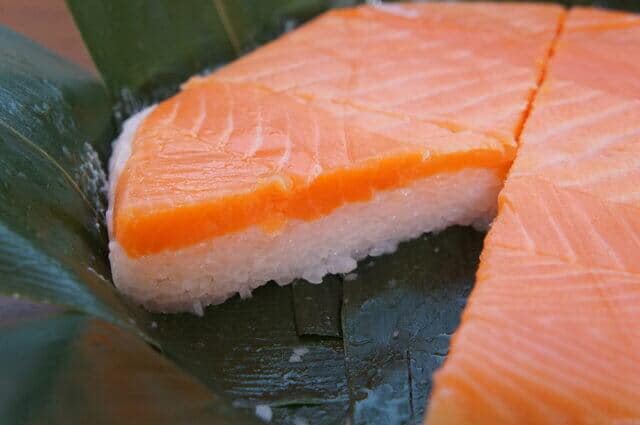
The expiry date of Masuzushi varies slightly depending on the product, but it is generally 2 to 3 days at room temperature, including the date of manufacture. Unlike modern nigiri sushi, sushi has a strong meaning of preserved food, so it will last for a while. In the old days, when locals don’t have a refrigerator, the Japanese had to carry the sushi around a long distance, so sushi became popular as a dish for preservation.
Masuzushi uses vinegar, so it’s different from old sushi, but because it uses vinegar and salt, it’s okay for a few days even at room temperature. In many cases, the expiration date is for about 2 days in the summer and 3 days in other cases. It is desirable to store it in a cool place out of direct sunlight, but if you want to store it in the refrigerator due to the intense heat of summer, wrap it in newspaper and put it in the vegetable room.
What is the healthiest sushi roll?

The lowest calorie maki rolls are those with veggies or fish without additional sauces or mayo such as tuna or cucumber rolls which contain fewer than 200 calories for 6 pieces. Rolls like salmon avocado or spicy tuna clocks in around 300 calories per roll.
What is the least fishy tasting sushi?
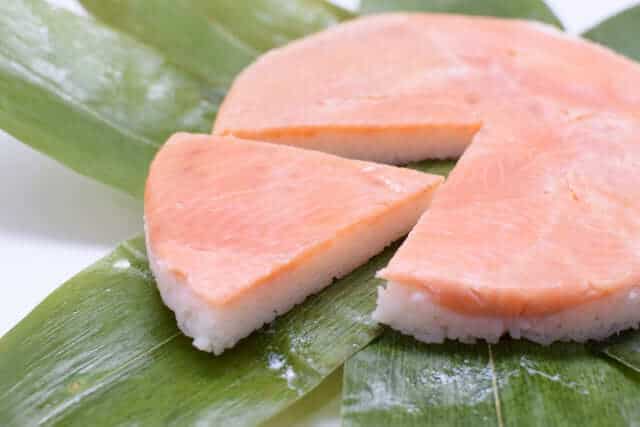
Salmon. Salmon is an extremely popular fish for both sashimi and nigiri partly because it doesn’t have the strong “fishy” taste that many people fear. Easily distinguished by its peachy orange color, salmon’s smooth flavor makes it a safe, non-threatening choice for sushi beginners.
What is the healthiest thing to eat at a Japanese restaurant?
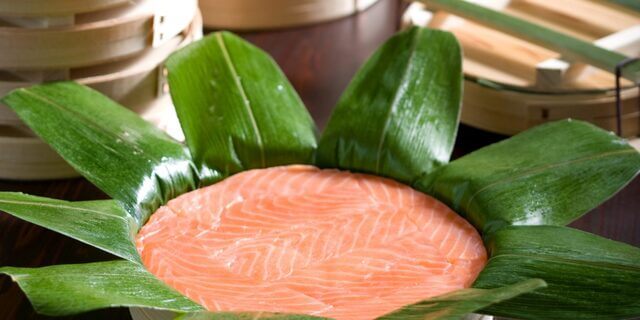
Start the meal off with some steamed edamame, steamed dumplings, or miso soup. Edamame and miso are both made from protein-rich soy and steaming the dumplings keep the calories low (but flavorful). Fresh fish in sushi rolls or sashimi (thin slices of raw fish) are also with protein and healthy fats.
Recommended Masa Zushi Restaurants
Aoyama Sohonpo
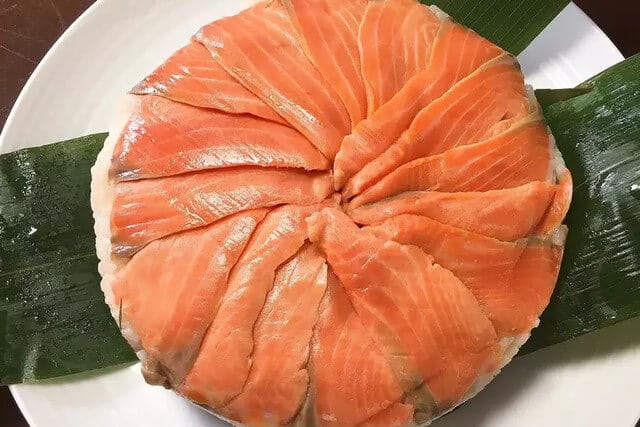
The trout sushi of “Aoyama Sohonpo ” is thoroughly particular about all materials. It is well-tightened with vinegar, but it retains its exquisite umami and many prefer it for its refreshing acidity. The type called “Inscription Wrap”, which they wrap in bamboo grass one by one, is also popular because it is easy to eat. It is a long-established store with many fans.
Seki No Ya
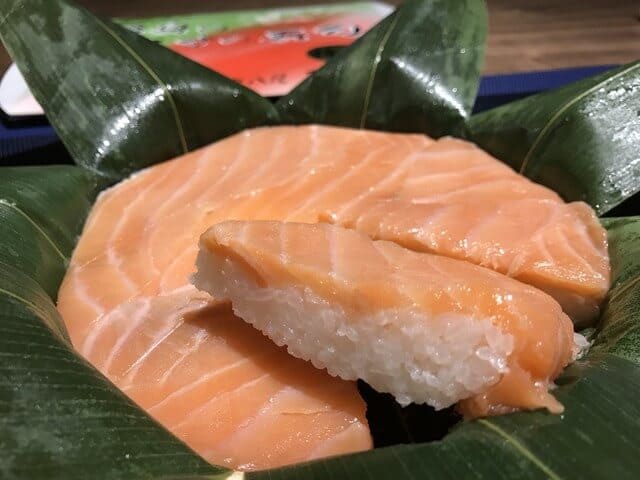
“Seki-no-ya” is a historic Masuzushi restaurant founded in the 11th year of the Meiji era. A masterpiece made with traditional techniques, using carefully selected ingredients such as Jinzu River’s Masu, Etchu rice from Toyama, and Kuma bamboo grass ordered from Himi. There is also a size for one person.
The traditional “upside-down structure” lays the body under the sushi. With this method, the umami of the fish does not separate from the rice and you can enjoy the umami of the fish as it is.
Honpo Minamoto
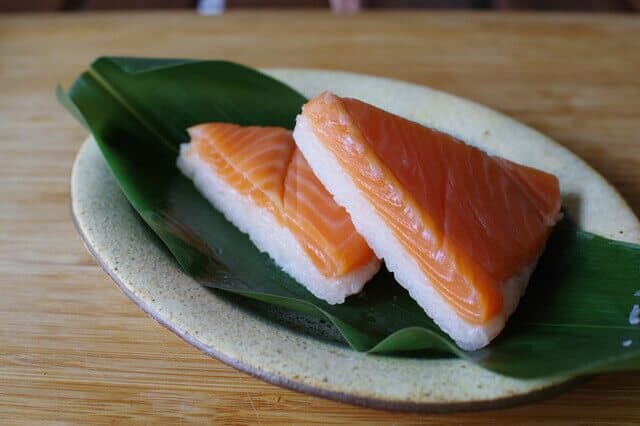
This shop serves a traditional Masu Zushi is around 2700 yen. It is a limited-time item and you can’t get good trout unless you make a reservation. The shop serves it with a wooden vat. When you open the wooden vat and open the bright green and fragrant bamboo grass, you will see trout with a color close to pink. The thickness of the trout is about 5 mm, which is considerably thicker than the regular version. It is well-done, but it is moist and the taste and aroma of the trout itself is good. The hardened rice is about 1.5 cm thick and goes well with it. It is different from the regular version and special selection.
Ogiichi Masu Sushi Honpo
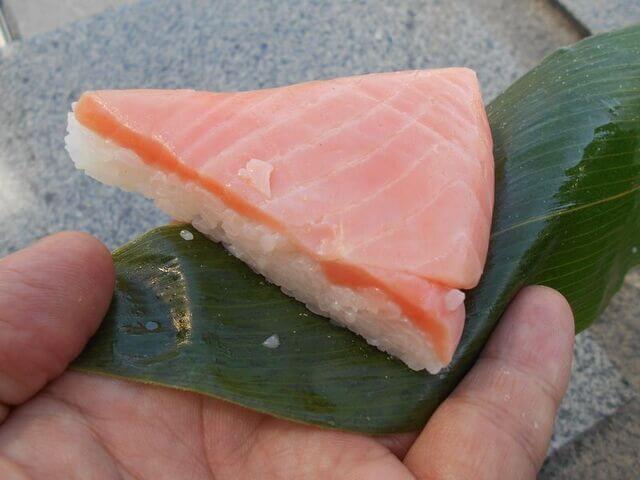
The famous store “Ogiichi Masu Sushi Honpo” is extremely popular. Many people visit it and so, many people say that they cannot eat without making a reservation. Its features are that it uses a type of trout that is close to raw and that it is surprisingly thick! It has a voluminous feeling that trout is thicker than the sushi. It is the highest quality trout sushi with an overwhelming sense of luxury. The tightness of the trout is also exquisite. Rice uses Koshihikari from Toyama.
Masu no Shou Matsukawa
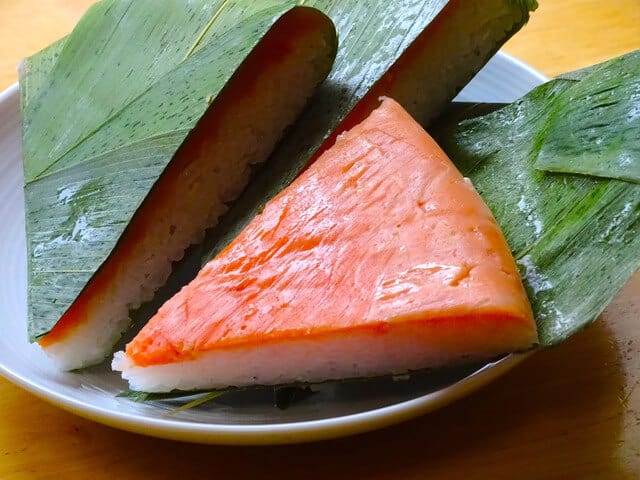
The trout sushi of “Matsukawa” has soft acidity and characterized by its mellow taste. The shop aged it with the umami of trout and the sweetness of rice from Toyama. The shop recommended this for those who are not good at vinegar. To enjoy the special ingredients, it is best to eat them as they are, without adding anything at first.
The trout of Matsukawa is very thick. It looks great when cut into pieces and is a gem that you can fully enjoy the umami of aging that melts.
Conclusion
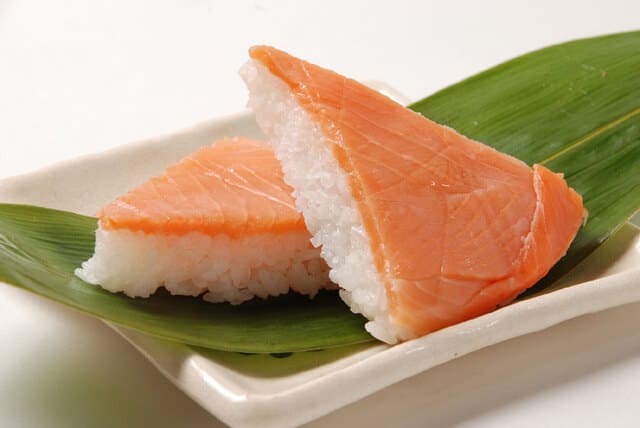
In Japan, Masuzushi is famous nationwide as a souvenir of Toyama, so it is widely available at train stations, supermarkets, convenience stores, and souvenir shops in the prefecture. Locals sold these on trains. Masuzushi was among Japan’s first “takeaway” sushi. They are use both as gifts and as a staple food for travelers making the trek to Tokyo from Toyama. This was especially important in the sankin kotai days of the Edo period, where long processions of feudal lords and their clansmen would make the treks to and from Edo (modern-day Tokyo) at the order of the Shogun. Masuzushi and other long-lasting foods rose in prominence as a result of those practices.
 牧野悦子-1-1256x832-1.jpg)
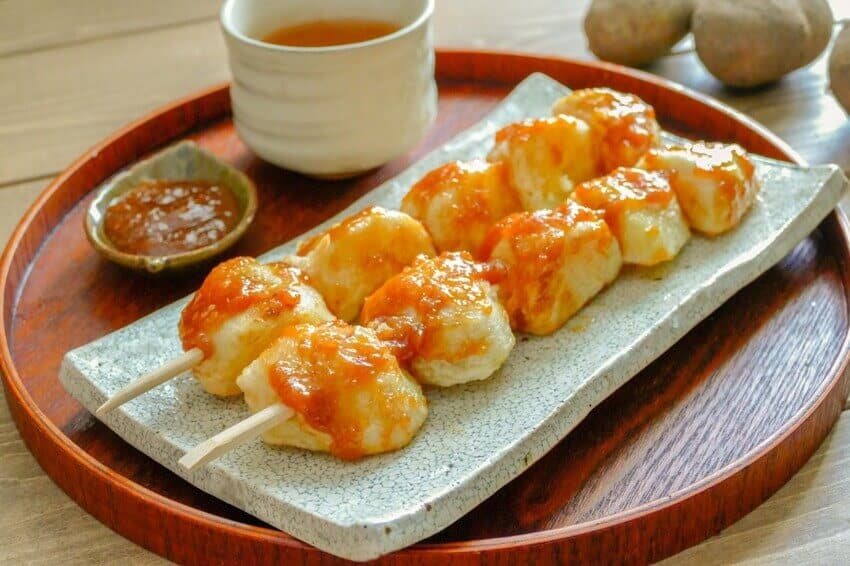
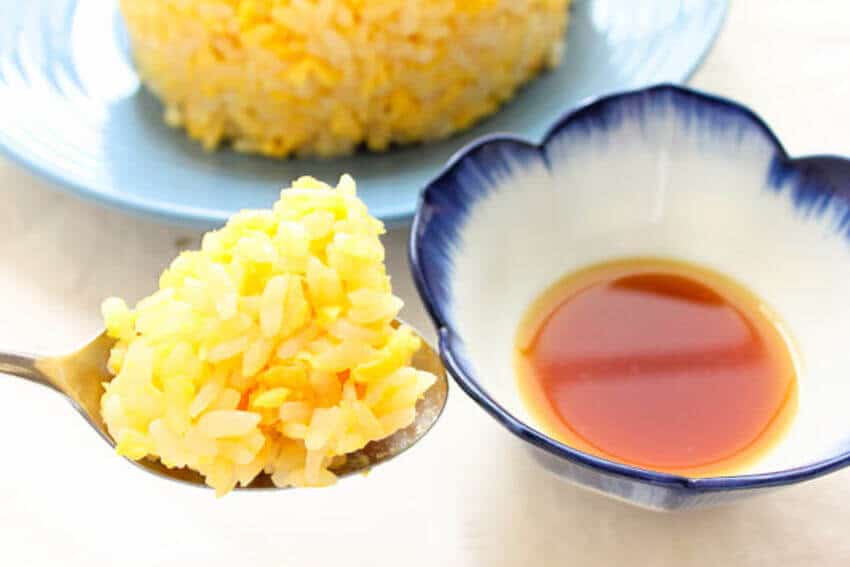
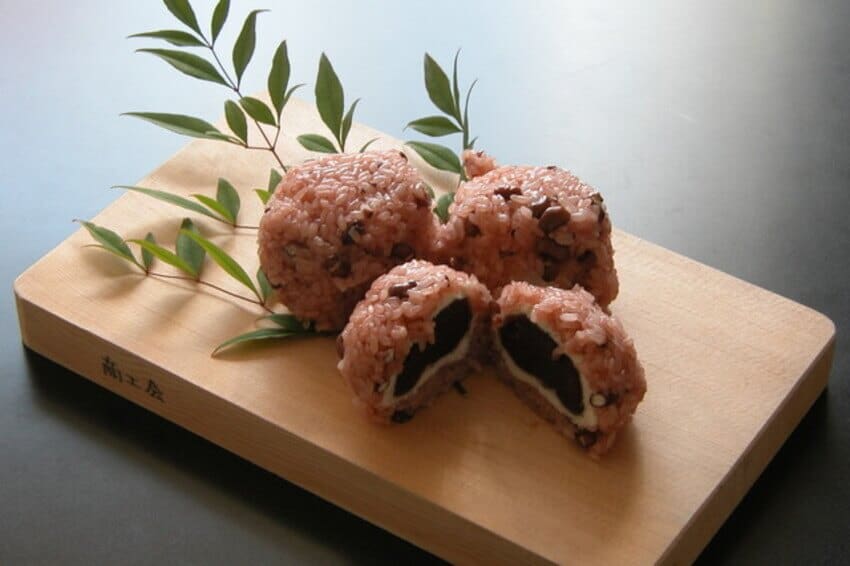
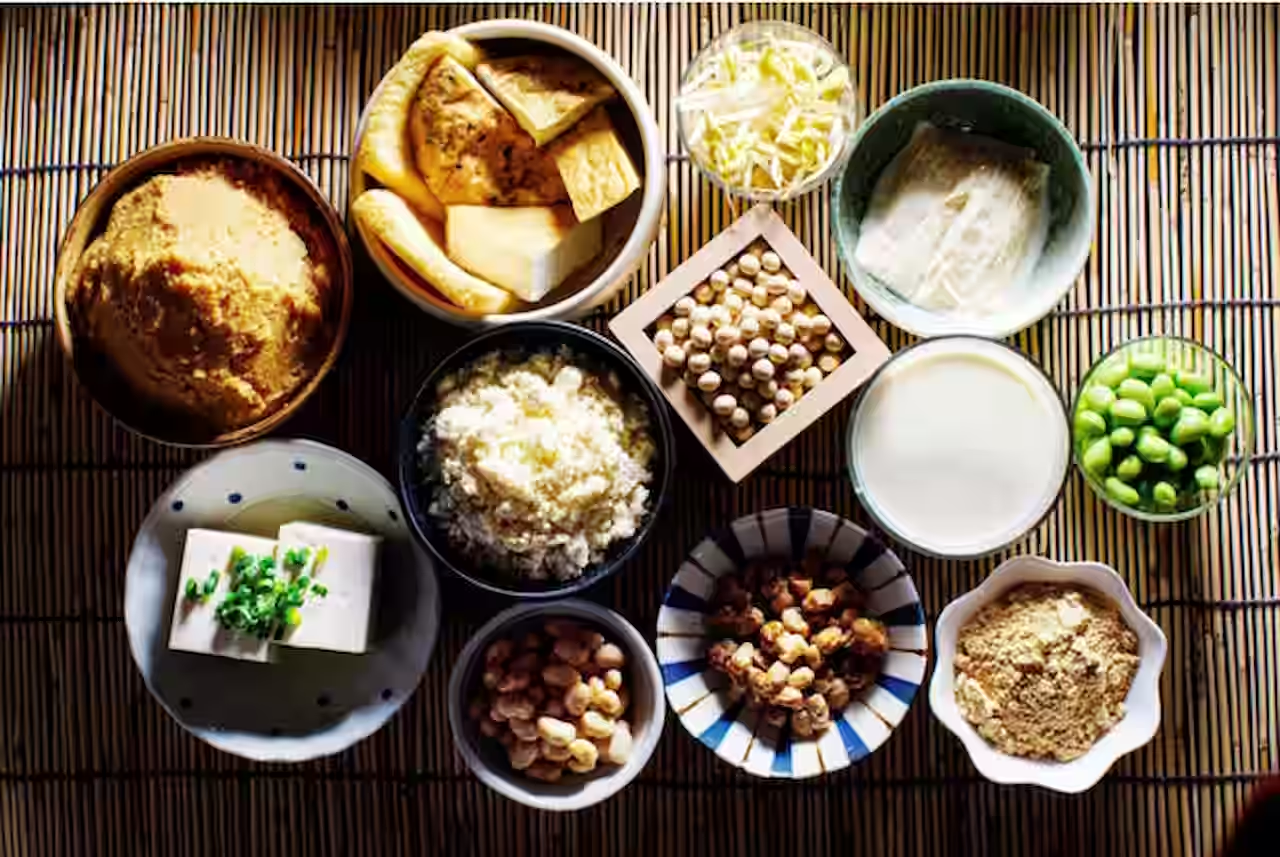

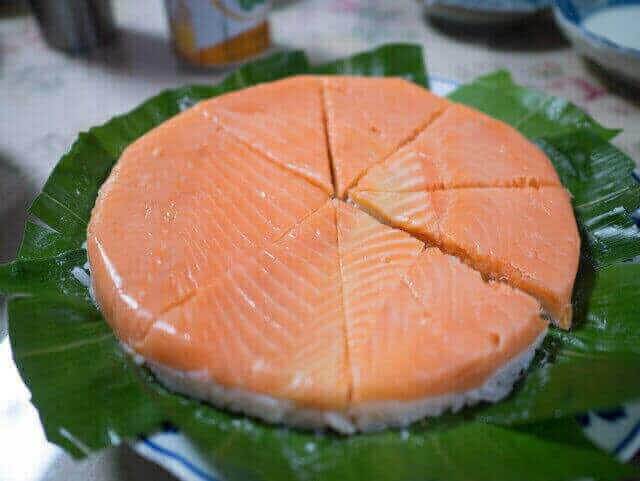
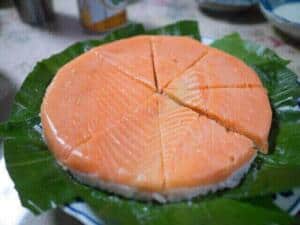
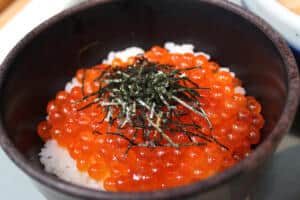
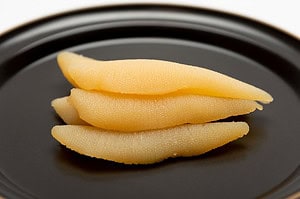
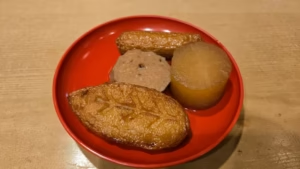
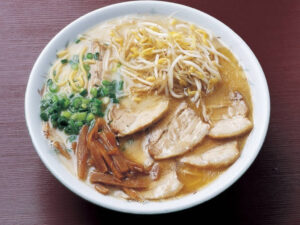
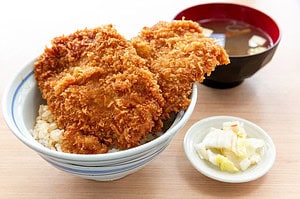
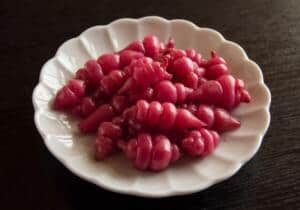
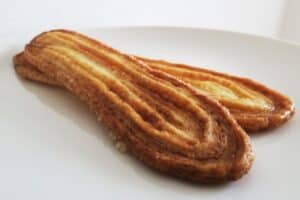
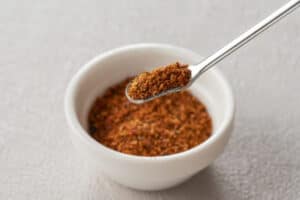
Comments